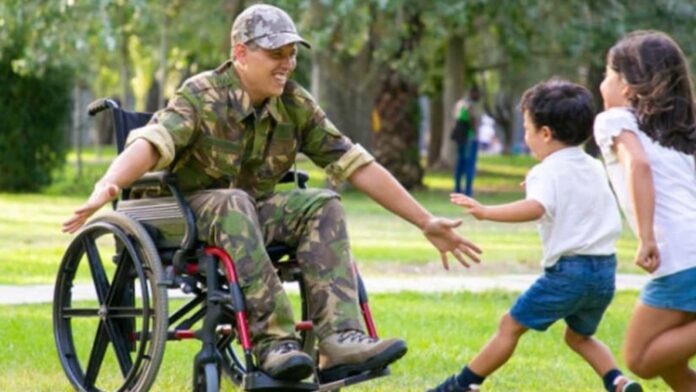VA benefits Chapter 31: Understanding the differences between Chapter 31 and Chapter 33 is key to making the most of your veterans’ benefits as per your needs. Each program is designed to support veterans in different ways, so knowing how they differ can help you choose the right one for you.
VA benefits Chapter 31: What you should know
Chapter 31, also known as Veteran Readiness and Employment (VR&E), helps veterans with service-connected disabilities that affect their ability to work. This program is designed to assist veterans in finding jobs, getting the education or training they need, or even retraining for a new career.
Chapter 31 is different from other educational benefits because it helps disabled veterans find useful work that works with their disabilities. The program has different support tracks, such as ones that help people get back to work, find jobs quickly, work for themselves, start a new career, and get help with living on their own for people with serious disabilities.
VA Medical Benefits Eligibility: Discover the Income Limits for Veterans to Qualify for Health Care
The VR&E program is highly personalized, offering customized rehabilitation plans and ongoing support from Vocational Rehabilitation Counselors (VRCs) to help veterans achieve their career goals and live independently.
Chapter 33 Vs Chapter 31
Chapter 33, known as the Post-9/11 GI Bill, mainly helps veterans pay for education and training. It’s available to those who served on active duty after September 10, 2001, and offers benefits like covering tuition and fees, housing allowances, stipends for books and supplies, and even relocation assistance for veterans in rural areas.
Unlike Chapter 31, which focuses on helping veterans with disabilities find suitable work, Chapter 33 is all about giving veterans the financial support they need for higher education or vocational training.
Both programs offer great support, but their focus is different.
- Chapter 31 is all about helping veterans with service-connected disabilities find jobs through vocational rehabilitation.
- On the other hand, Chapter 33 provides broader educational benefits to help veterans transition into civilian life by paying for education and training.




